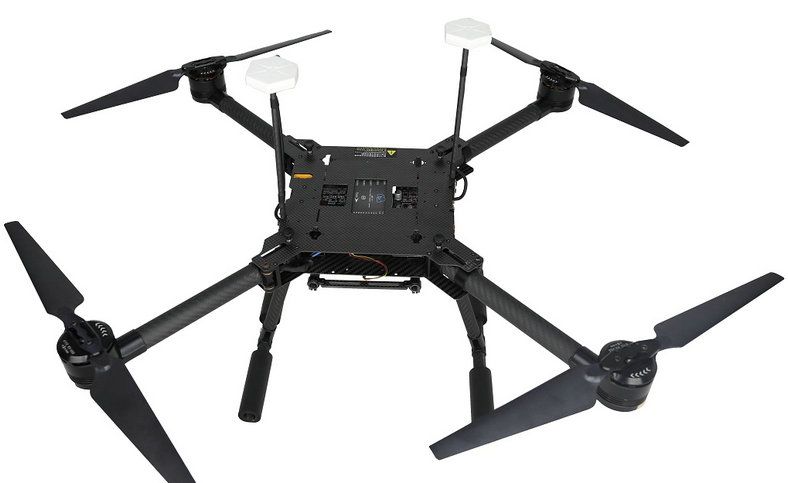
companies of racing drones transmitters VTX 48CH, quadcopter goggles VR2, racing quadcopter FPV 10,7 inch,FPV transmitters VTX 2.5W 5.8G! suppliers of DJI® racing drones transmitters VTX 2.5W 5.8G, DJI® FPV drones BetaFpv Nano 2.4GHz, 100km HDMI HD digital receivers in USA.


the drone transmitter 5.8G 2.5W VTX Its performance is very powerful, with 5 adjustable power levels and a maximum power of up to 2500mW. The transmission signal is very stable and the penetration ability is excellent.
the drone transmitter 5.8G 2.5W VTX uses high-strength aluminum alloy CNC shell to assist heat dissipation. The unique appearance design and active fan cooling provide stronger impact resistance and better heat dissipation performance. It supports the IRC Tramp protocol and can use the OSD to quickly adjust parameters. The built-in microphone can transmit the sound of the FPV drone in real time.


It has a wide voltage input of 7-36V and temperature control protection function to prevent overheating and burning.It supports 72 transmission channels. Supports two installation hole positions: 20*20mm and 30.5*30.5mm.
the drone transmitter is a handheld device held by the pilot, typically featuring control sticks, switches, buttons, and other input devices. these drone controls send signals to the drone to dictate its movement and actions. the drone transmitter operates on specific radio frequency channels. the number of channels corresponds to the number of independent controls available on the transmitter.


the drone transmitters are available in different modes, which determine the arrangement of the control sticks (throttle, pitch, roll, yaw). the drone transmitters are powered by batteries, the models may feature rechargeable batteries or removable battery packs.the drone receiver is a component installed on the drone. It receives signals wirelessly transmitted by the transmitter and translates those signals into control commands for the drone's flight controller.
DJI® FPV radio transmitters VTX 2.5W 5.8G , DJI® drones transmitters VTX 48CH, racing drones transmitters VTX 2.5W 5.8G , quadcopter transmitters VTX 48CH, goggles VR2.
| voltage | DC 7-36V (2-6S) | ||||||||
| current | < 450mA@12V, 800mW < 850mA@12V, 2500mW | ||||||||
| BEC | 5V/800mA | ||||||||
| antenna interface | MMCX | ||||||||
| cable | interface GH1.25 6P | ||||||||
| video format | P AL/NTSC | ||||||||
| standard 40 channels | A/B/E/F/R frequency groups | ||||||||
| protocol | IRC Tramp | ||||||||
| output power | P IT/25/200/800/1600mW/2500mW, PitMode/0dbm, 25mW/13.95dBm, 200mW/23.01dBm, 800mW/29.03dBm, 1.6W/32.04dB, m 2.5W/33.98dBm | ||||||||
| mounting | holes: 30.5*30.5*M3 | ||||||||
| dimensions (L*W*H) | 36mm x 36mm x 6.58mm | ||||||||
| weight. | 14.6g | ||||||||
| FPV digitalreceiver systems,UAV receiver systems, FPV goggles,FPV cameras, FPV remote controllers,FPV air modules systems, drone parts. | |||||||||
|---|---|---|---|---|---|---|---|---|---|
the drone transmitter receiver system should support the specific flight modes and control configurations needed for the type of drone being operated, whether it's a multirotor, quadcopter or a fixed-wing aircraft. the drone transmitters allow for advanced channel mixing, allowing users to customize control configurations for specific flight characteristics.
most modern drone transmitter-receiver systems operate on the 2.4 GHz frequency band, providing reliable and interference-resistant communication. frequency hopping spread spectrum technology is often used to enhance signal reliability by rapidly switching between different frequencies within the 2.4 GHz band. the the drone systems include telemetry features, allowing the pilot to receive real-time information about the drone's status, such as battery voltage and GPS coordinates.
choosing a suitable drone transmitter-receiver system is essential for effective and safe drone operation. compatibility with the drone's flight controller, the number of channels required for the intended application, and the user's preferences are important factors to consider when selecting a system. the drone transmitters often feature programmability, enabling users to customize settings, assign functions to switches, and adjust control sensitivity.
- home
- products
- contact
- equipments
- FPV drones
- FPV frames 10"7" inch
- FPV motors 3115, 900KV
- propellers 1050
- carbon fiber cylinders
- FPV LiPo battery 8000mAh
- flight controller F405, F722
- FPV drone ESCs 60A
- FPV receiver ELRS 915MHz
- transmitter 2.5W VTX 5.8G
- antennas 5.8 GRHCP MMCX
- drone cameras
- drone PCB
- PTZ gimbals
- FPV components
- UAVs